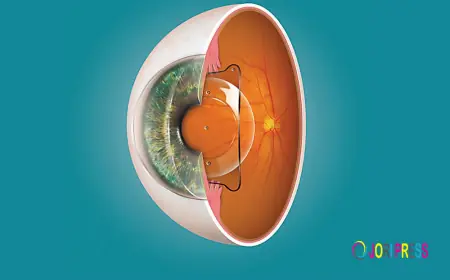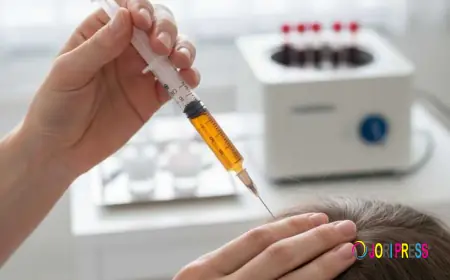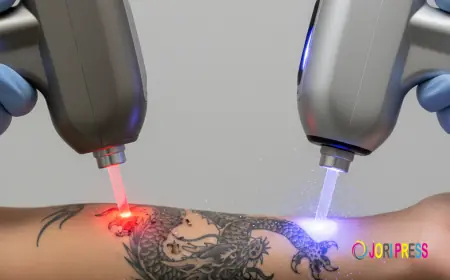Jaw Botox: Procedure, Side Effects and Results

Have you been thinking about getting jaw Botox in Singapore soon? Then you probably have some questions about the procedure – and we’re here to answer them today.
Jaw Botox, also known as masseter Botox, is a non-invasive procedure used to sculpt the jawline, giving the face a sharper and more defined appearance.
In this article, we’ve put together a quick guide covering everything you need to know about jaw Botox Singapore, from how it works to the expected results and side effects. Read on!
How does Jaw Botox work?
Jaw Botox is a non-invasive aesthetic procedure that involves injecting Botulinum toxin in the masseter muscle to help relax it and reduce its overall activity, thereby reducing its size over time. This typically results in a more defined jawline and a slimmer face.
What’s with the masser muscles, though?
Well, that’s the muscle responsible for chewing and biting. When there’s an overactivity in this area, such as jaw clenching and teeth grinding, the muscles become enlarged, resulting in a square, bulky jawline.
Rest assured that, with the jaw muscle relaxed, you will still be able to bite, chew, and make your normal facial expressions!
It’s a fairly simple and quick procedure, taking no more than 30 minutes. Around 2 to 3 injections into each side of the jaw, depending on the patient’s facial anatomy and the desired results.
What makes you qualified for Jaw Botox?
Since Jaw Botox is a non-invasive procedure, most people find it easy to qualify. It’s generally suitable for individuals looking to achieve a slimmer, more defined facial structure.
You may be a good candidate if you have a square or wide jawline, experienced jaw tension or pain, have enlarged masseter muscles, or haven’t responded well to other jaw-slimming treatments.
As with any medical treatment, a proper consultation with a doctor is necessary to determine whether it’s the right procedure for you.
What are the benefits of Jaw Botox?
Jaw Botox is a procedure mainly performed for aesthetic reasons, such as facial slimming, jawline shaping, and improving facial contours.
However, there’s more to it than just aesthetics. It comes with functional benefits too, including relief from teeth grinding and jaw clenching. By relaxing the masseter muscles, stress and tension is reduced in the jaw area, alleviating any pain and discomfort.
That’s why it’s become a popular treatment for individuals suffering from TMJ disorders, chronic jaw pain, and other masseter-related conditions.
Are there any side effects?
Jaw Botox may come with side effects, but that’s true with any medical procedure.
The good news is, these are mostly minor and temporary, usually subsiding after a few hours to a few days.
Common side effects include headaches, and temporary swelling and redness in the treated area. Serious side effects are rare but may include jaw asymmetry or difficulty chewing.
The best way to minimise these risks is to choose an experienced aesthetic doctor who specialises in the procedure.
How long do the results usually last?
With Jaw Botox, the results aren’t immediate and tend to show up a little later, usually 2 to 3 days after the procedure.
Most patients start noticing visible changes 4 weeks after the procedure, with full effects significantly noticeable around 6 to 8 weeks.
Keep in mind that the results aren’t permanent, so you’d need repeat injections if you want to sustain the results.
What's Your Reaction?
 Like
0
Like
0
 Dislike
0
Dislike
0
 Love
0
Love
0
 Funny
0
Funny
0
 Angry
0
Angry
0
 Sad
0
Sad
0
 Wow
0
Wow
0

















































